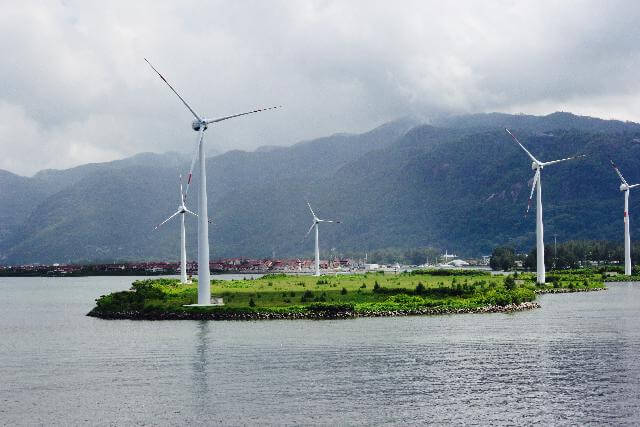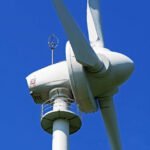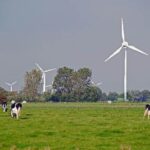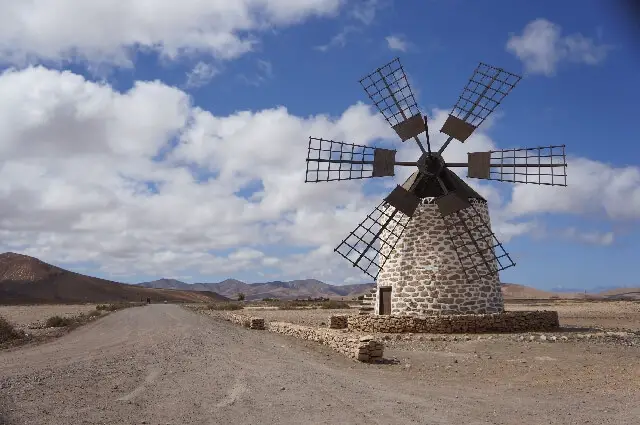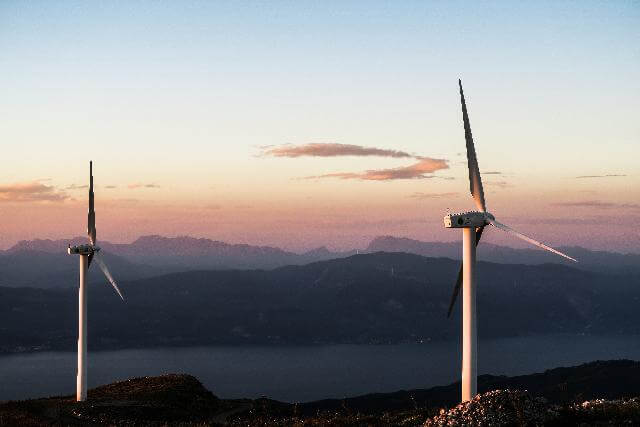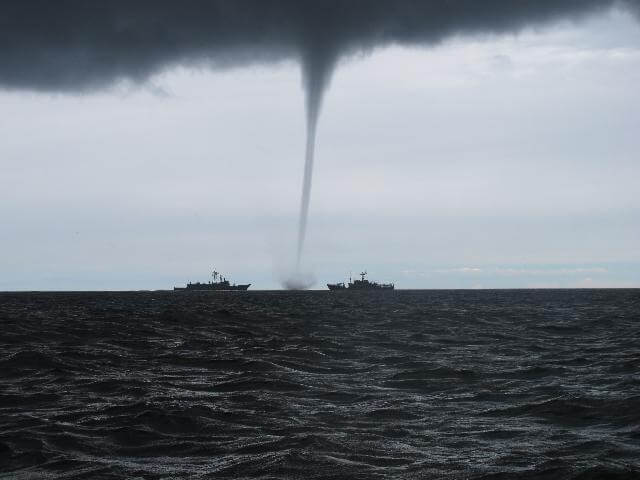Can you imagine it?
Wind turbines, as far as the eye can see, swirling happily, without breeze, in amongst the city skyscrapers.
Struggling with the image?
Good.
The fact of the matter is, wind turbines cannot, and should not, be placed anywhere on our great blue planet.
Careful consideration needs to be taken to ensure a functional wind farm, mitigating risks and increasing the benefits associated with these astounding pieces of technology.
How does a wind turbine work anyway?
Wind turbines use the power of the wind to generate electricity.
They do this by spinning propeller blades around a rotor, which in turn spins a generator.
This generator then creates the electricity we all know and love.
Wind energy is classified as a type of solar energy, strange as that may seem.
In order for wind to be produced, there needs to be a combination of three concurrent events:
- The sun unevenly heating the atmosphere
- Irregularities in the Earth’s surface
- The rotation of the earth
These factors vary greatly based on terrain, bodies of water and differing vegetation.
Wind energy is said to be intermittent. This means that the power is not going to be generated at the same power all the time.
Where do wind turbines go?
Offshore wind turbines:
Offshore wind turbines are massive, standing out to sea up to 11km from
the shore line, capturing strong ocean winds and turning them into power .
They are considered to be more ecologically sustainable than their terrestrial counterparts, as they need no real infrastructure to assist in their building.
Onshore wind turbines:
Land-based wind farms are the most common wind farm types.
These wind farms are generally more cost-effective and can be lumped together to form large wind farms.
They can be seen as less ecologically sensitive though, for reasons we will take a look at now.
Where should wind turbines not be?
An intelligent way to decide where we should be putting our wind turbines is to first decide where we shouldn’t be putting them, and then work from there.
So, what are the limiting factors when creating a wind farm?
- Location
High density urban areas are a no-go for setting up wind turbines.
Why, you ask?
Firstly, there’s space. Wind turbines need a lot of it, and urban areas simply do not provide the amounts of open expanse necessary to sustain them.
Secondly, wind turbines are quite noisy, and would contribute to the general noise pollution of an already noisy urban environment.
Take them rural then!
It may not be as simple as that.
If heavy infrastructure (like tar roads) needs to be built to simply deliver the parts of the wind turbine, it instantly increases its impact on the environment.
There are also those who believe that wind turbines destroy the vista they are out of the city to see, although an equal number believe that their futuristic look is rather appealing.
- Animal welfare
Great steel rotating blades in the sky sound like the stuff of avian nightmares, and rightly so.
The impacts of wind turbines on avian and bat populations cannot be understated. Many believe this is the greatest negative impact that a wind turbine carries.
Some studies have found that approximately 1.17 Million birds are killed annually by wind turbines in the USA alone.
That, unfortunately, is not an insignificant number.
There is also some anecdotal evidence suggesting that turbines impact the migratory paths of land-based animals, due to them simply being where the animals want to move through.
Fences, wires, humans all add to the difficulties of migrating animals attempting to navigate a wind turbine laden landscape.
Where should wind turbines be then?
Besides all the humdrum stated above, wind turbines really are great pieces of machinery and technology.
Once established, they produce no greenhouse gases, are fairly easy to maintain and have the potential to create a host of new employment opportunities.
We just need to know where to put them!
- Areas with high levels of consistent wind
This may seem like a silly thing to mention, but currently it is very important.
The wind energy sector needs stronger batteries in order to expand its range out of high-wind environments. These batteries will ensure an even flow of energy, even when the wind is still.
Until then though, the windy areas will have to do.
- Rural areas with good road access
This point is a sensitive one.
We want our wind turbines built in areas without many people around, to limit the effects of noise pollution.
BUT, we also want our wind farms to be easily accessible by established roadways, to limit the impacts building such infrastructure will have on the environment.
- Highly polluted areas
Environments that are currently very close to fossil fuel power plants suffer a host of negative environmental impacts.
Putting wind turbines in these areas will not only negate the need to burn fossil fuels, it also piggy-backs off of the existing infrastructure.
And to top it off, jobs that would be lost in the closure of power plants will be gained in the wind energy power plants instead.
It’s a win win!
One final spin.
Our journey to clean energy is not over. Wind power needs work to become the solution of the future.
But, it is becoming more and more functional to our changing societies.
These problems we see are exciting! They show us how far wind energy can go, and how many steps we still have to take.
